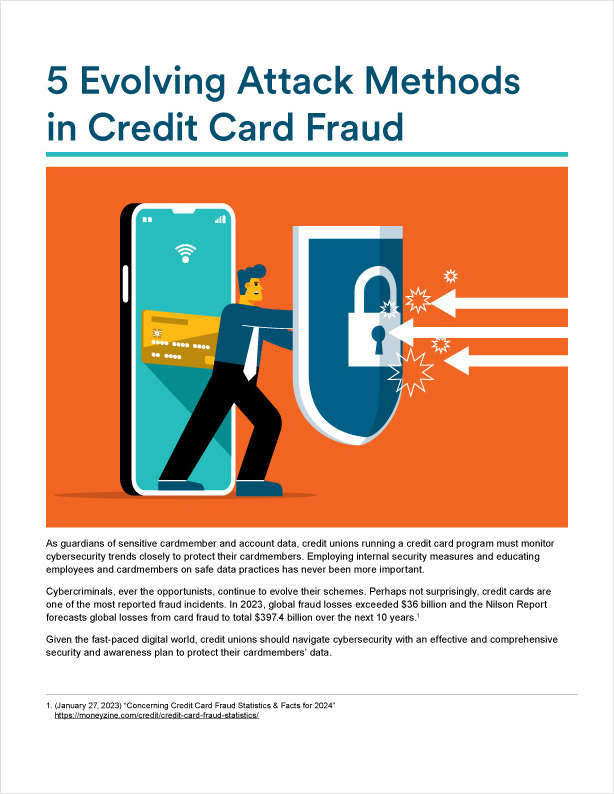DALLAS — Barbara Robles, associate professor at Arizona State University and Ann Baddour, senior policy analyst at Texas Appleseed provided attendees at the conference on serving the underserved with information they had collected on the financial services needs of the Latino community.
Robles collected data in Texas, New Mexico, Arizona and California through surveys. She reported that even though 70% of those surveyed had a relationship with a mainstream financial institution, they were still using money orders to pay bills.
Robles also said that there is a large uninsured population among those that were surveyed and they listed insurance as one of the top financial services they were interested in. Homeownership and school aid were also listed and highest on the list was retirement.
Complete your profile to continue reading and get FREE access to CUTimes.com, part of your ALM digital membership.
Your access to unlimited CUTimes.com content isn’t changing.
Once you are an ALM digital member, you’ll receive:
- Critical CUTimes.com information including comprehensive product and service provider listings via the Marketplace Directory, CU Careers, resources from industry leaders, webcasts, and breaking news, analysis and more with our informative Newsletters.
- Exclusive discounts on ALM and CU Times events.
- Access to other award-winning ALM websites including Law.com and GlobeSt.com.
Already have an account? Sign In
© 2024 ALM Global, LLC, All Rights Reserved. Request academic re-use from www.copyright.com. All other uses, submit a request to [email protected]. For more information visit Asset & Logo Licensing.









